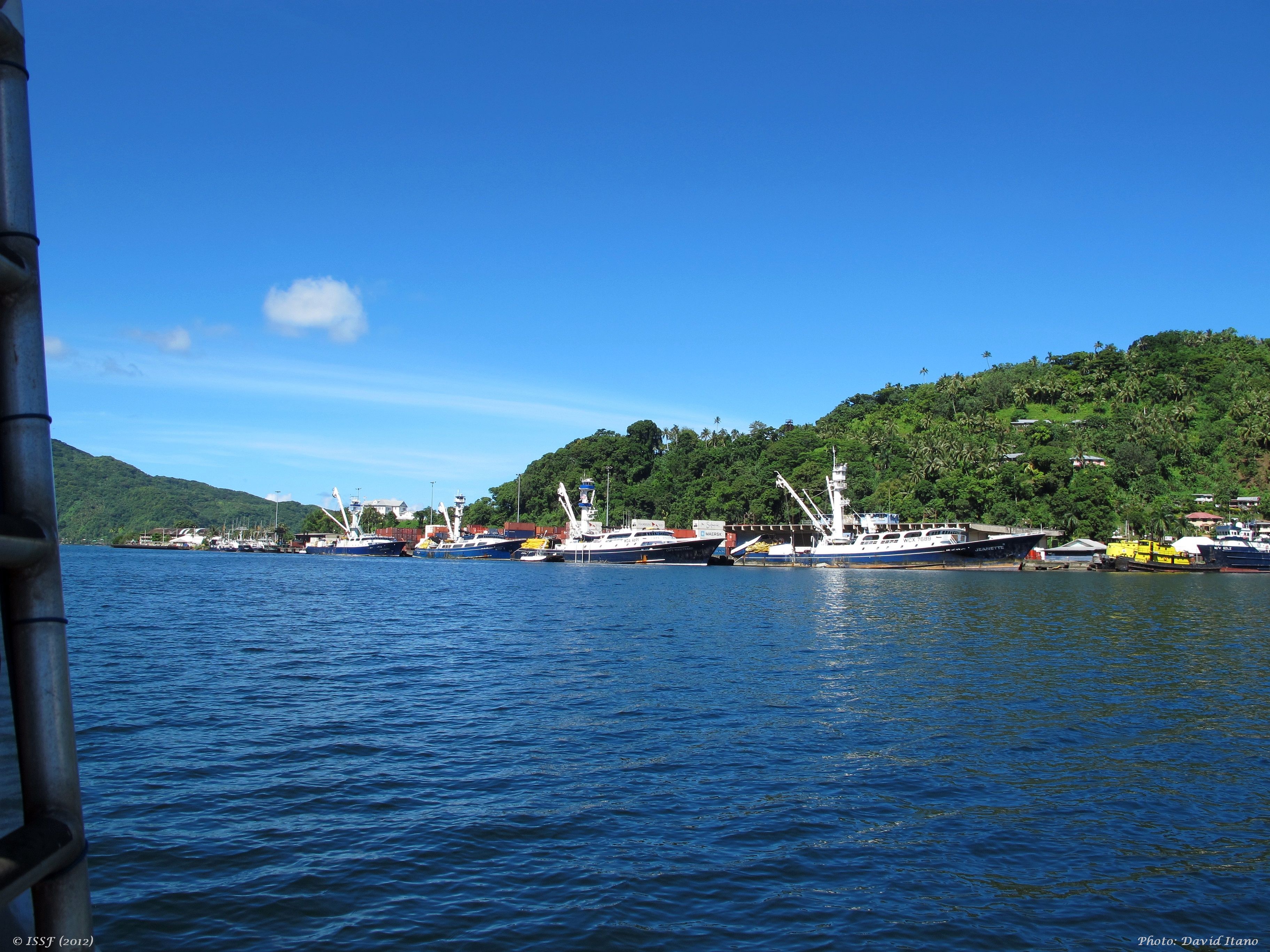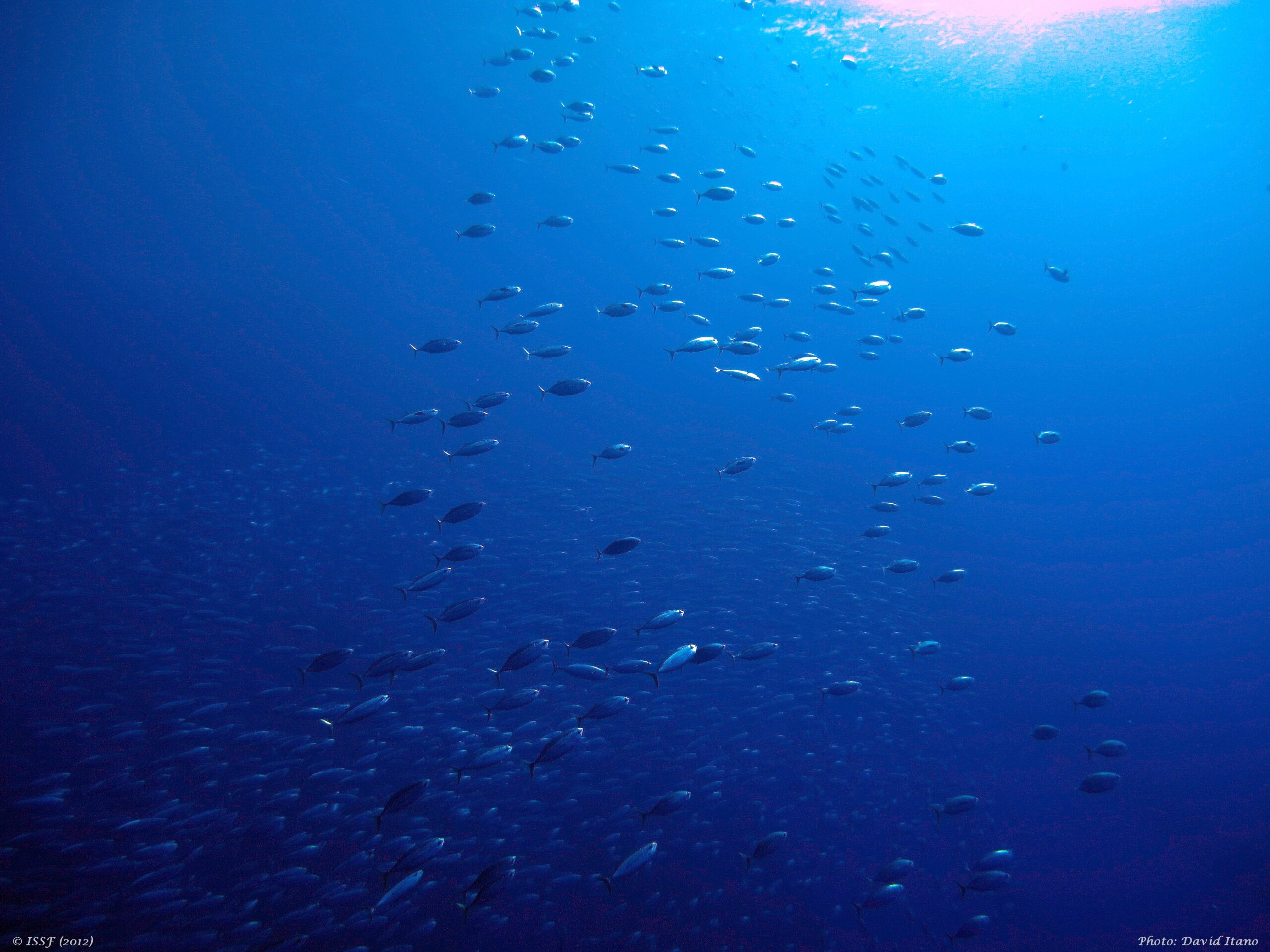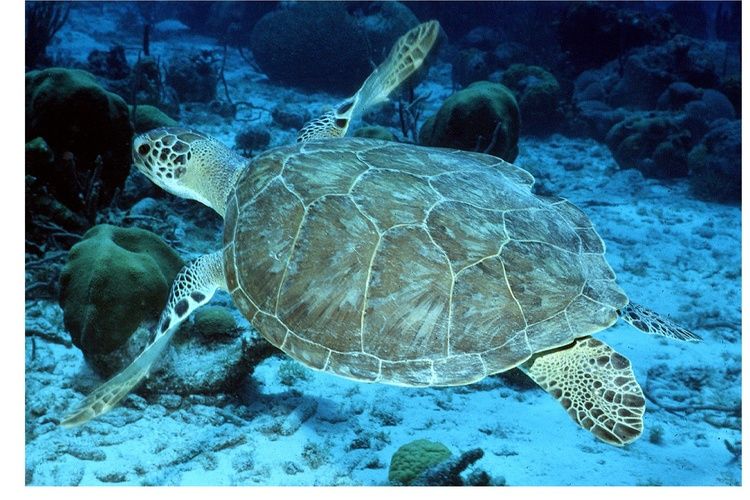
8 Recommendations for Continued Research on Reducing Ecosystem Impacts and Marine Pollution from FADs
The International Seafood Sustainability Foundation (ISSF) and the Common Oceans ABNJ Tuna Project have released the report, ISSF 2018-19A: Workshop for the Reduction of the Impact of Fish Aggregating Devices’ Structure on the Ecosystem, of a recent workshop that examined options to reduce the impacts of fish aggregating devices (FADs) on the ecosystem.
The April 2018 workshop — held in Spain and jointly funded by ISSF and the GEF-funded Common Oceans ABNJ Tuna Project of the Food and Agriculture Organization of the United Nations (FAO) — brought together tuna skippers, fisheries improvement project (FIP) coordinators, and fisheries scientists working in the Atlantic, Pacific, and Indian Oceans, where FADs are used extensively by commercial tuna fishers.
Fishers, scientists, & FIP coordinators in an ISSF workshop ID'ed 8 ways to reduce FADs' ecosystem impacts. Share on XAbout 40% of the world’s tuna is caught with FADs. Traditional FADs are large structures, typically with buoys, netting, or other components made of long-lasting, plastic materials. When FADs are lost or abandoned, there are impacts associated to marine litter and interference with other economic activities such as tourism.
Lost FADs can persist in the ocean for years as marine litter, or damage vulnerable habitats such as coral reefs. Plastics used in FADs that remain in the ocean can break down into smaller micro-particles and could enter the food web. The Fisheries and Aquaculture department of FAO estimates that 640,000 tons of fishing gear, including FADs, are lost at sea annually.
Potential Solutions Examined in the Workshop
At the workshop, participants acknowledged both the lack of global data on FAD beaching events and the importance of studying FAD trajectories to understand the fate of those structures and ultimately find solutions to minimize their impact. Participants discussed the pros and cons of eight additional options for minimizing FAD structures’ negative habitat impacts, including measures that have not been researched in depth:
- Limiting the number of FADs
- Simplifying FAD structures
- Avoiding FAD deployment areas that have high risk of stranding
- Building FADs with navigation capability
- Building FADs that could be sunk
- Using anchored FADs
- Recovering FADs at sea
- Recovering FADs from land
The workshop participants considered issues in implementing these approaches in each of the three oceans under study, where fishing conditions and practices differ. They also shared opinions on the feasibility of each approach in the short and long term — eliminating the options they felt would be ineffective.
Concluding Recommendations from Workshop Participants
The workshop resulted in eight initial recommendations for continuing research and actionable steps to avoid or minimize FAD ecosystem impacts:
Recommendation 1: Develop a guide of good practices for tuna purse seiners and auxiliary vessels with the aim to reduce the loss and abandonment of FADs, as well as to facilitate their collection.
Recommendation 2: Quantify strandings: Identify main beaching zones by establishing priority areas based on the vulnerability of the habitat and the degree of stranding. If possible, based on real FAD trajectories, collaborate with ship owners and buoy manufacturers or, failing that, use FAD drift models.
Recommendation 3: Simplify the structure of the FAD as much as possible. Conduct studies to find simple structures that meet the needs of the fleets.
Recommendation 4: Study the trajectories of FADs based on the position and time of deployment to determine the deployment areas with the highest risk of FAD loss and causing ineffective fishing effort.
Recommendation 5: Study the dynamics of deployment and stranding events in fishing areas close to shore, in order to better manage those areas (change deployment zone, limit deployment according to distance to coast, or season of the year — with reference to currents — use anchored FADs, etc.).
Recommendation 6: Conduct pilot studies at sea of FADs with navigation capacity to better understand the behavior of these FAD “drones” and the possible strategy for their use.
Recommendation 7: In the projects on FAD retrieval from the coast, ensure the efficiency of the collection system, determine the minimum requirements for the vessels that would recover FADs, as well as ensure the proper management of the waste on land.
Recommendation 8: Carry out workshops in each ocean with the participation of scientists and fishers to define the potential solutions and recommendations of this document, based on the characteristics of each ocean.
In parallel and as an important complementary initiative, ISSF is researching non-entangling biodegradable FADs made of natural materials to avoid marine pollution and reduce bycatch in tuna fisheries. Related pilot projects are underway in the three oceans where FADs are fished. ISSF has also hosted biodegradable FAD design workshops with fishers and scientists.
The workshop report is authored by G. Moreno, J. Murua, L. Dagorn, M. Hall, E. Altamirano, N. Cuevas, M. Grande, I. Moniz, I. Sancristobal, J. Santiago, I. Uriarte, I. Zudaire, & V. Restrepo. Download the report in English or Spanish from the ISSF site.
About the Common Oceans ABNJ Tuna Project
The Common Oceans ABNJ Tuna Project is funded by the Global Environment Facility (GEF), with FAO as the implementing agency. This Project harnesses the efforts of a large and diverse array of partners, including the five tuna Regional Fisheries Management Organizations, governments, inter-governmental organizations, non-governmental organizations and private sector to achieve responsible, efficient and sustainable tuna production and biodiversity conservation in the areas beyond national jurisdiction.


